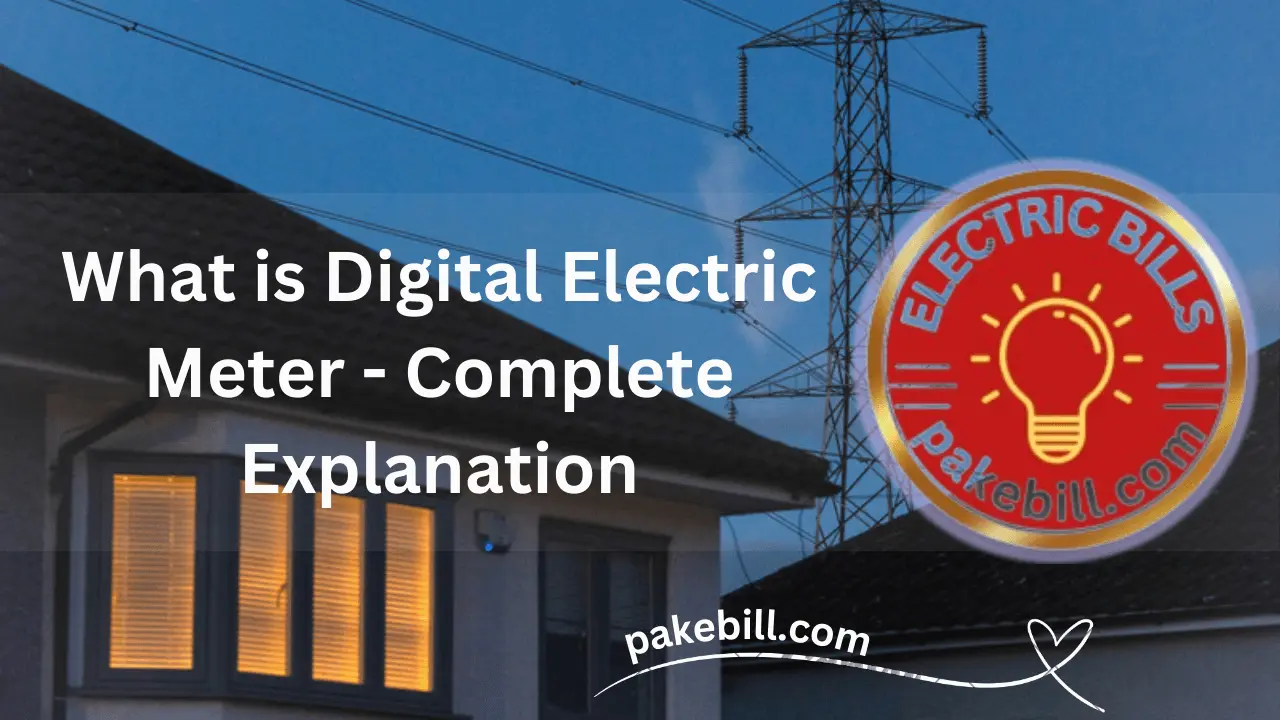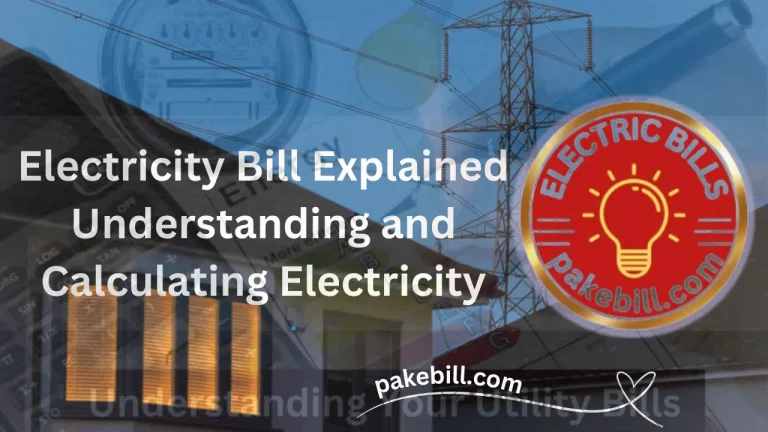What is Digital Electric Meter – Complete Explanation
Introduction of Digital Electric Meter
An in-depth exploration of digital energy meters requires not only an understanding of the illuminating indicators but also a keen awareness of their potential limitations and disadvantages. These lights, while providing valuable insights, may fall short in offering detailed diagnostics, necessitating a more comprehensive approach to electrical system management.
If you can understand the digital electric meter clearly and control all the issues that explain the digital electric meter lights, then you can decrease a significant amount in the electric bills.
Energy Meter Lights
Digital meters contain five lights, each serving distinct functions. Let’s delve into the details, advantages, and disadvantages of each light:
Power Key (Rightmost Light)
Indicator of ON/OFF Status:
- Advantage: This light serves as a visual cue for determining the meter’s operational status.
- Disadvantage: It has limited information depth. Users may not receive detailed insights into the nature of a problem, necessitating additional diagnostic tools. For instance, it doesn’t provide specific information about the cause of a power outage.
Reverse Light (Second Light)
Reversed Supply Warning:
- Advantage: The reverse light illuminates when the electricity supply direction is reversed, alerting users to a potential issue.
- Disadvantage: Dependency on visual checks may lead to overlooking subtle issues or changes that could impact energy consumption. A more advanced system that provides detailed information about the reversal cause is lacking.
Impulses Light (Third Light)
Unit Completion Indicator:
- Advantage: This light blinks at a specific rate, signifying the completion of one unit of electricity, aiding in tracking consumption.
- Disadvantage: While it offers insights into overall electricity consumption, it lacks the ability to diagnose specific faults. It may not pinpoint complex issues, requiring professional expertise and additional monitoring systems.
Neutral Light (Fourth Light)
Missing Neutral Connection Alert:
- Advantage: Activates when there is a missing neutral connection, ensuring a balanced and stable electrical system.
- Disadvantage: While it provides alerts, the lack of real-time data means users may not have continuous monitoring capabilities. Continuous monitoring is essential for promptly identifying and addressing issues.
Earth Light (Fifth Light)
Earthing Status Indication:
- Advantage: The earth light remains ON when proper earthing is established, ensuring safety.
- Disadvantage: Similar to other lights, it has limitations in diagnosing specific faults related to earthing. Professional inspections may be required for a more thorough evaluation.
Comprehensive Approach
While these lights offer valuable information, their limitations highlight the need for a more comprehensive approach to electrical system management. Supplementing visual indicators with regular professional inspections, investing in advanced monitoring systems, and embracing technological innovations ensures a thorough and proactive strategy for optimizing electricity usage.
Conclusion
While energy meter lights offer valuable insights, understanding their limitations is crucial. Supplementing visual indicators with regular professional inspections and investing in advanced monitoring systems ensures a more comprehensive approach to managing and optimizing electricity usage. Regular vigilance, coupled with technological advancements, contributes to a safer, efficient, and cost-effective electrical system.






